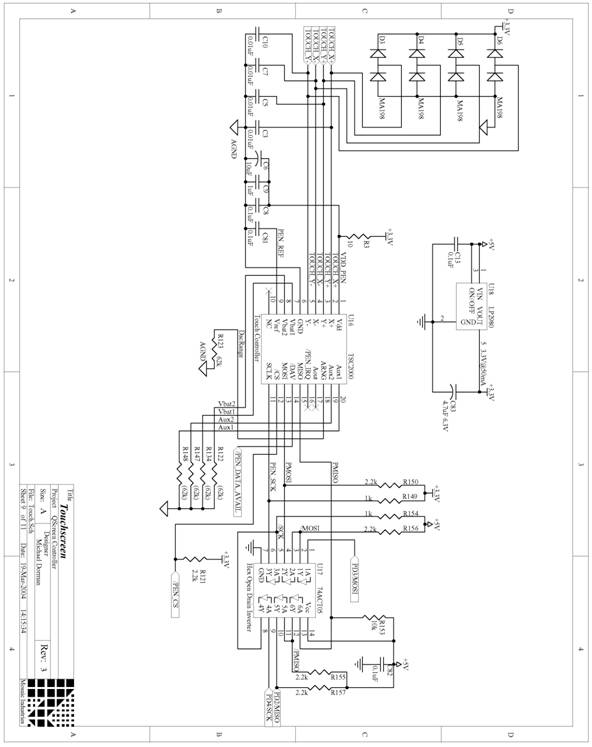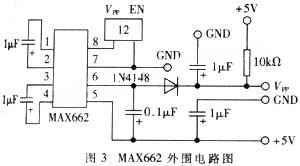
piclink rs232 low cost development controller with adc using pic16f628a

PICLink RS232 low-cost development controller with ADC. The PICLink RS232 embedded controller module provides any microcontroller with RS232 communication capabilities.
The PICLink RS232 embedded controller is designed to facilitate communication between microcontrollers and RS232 devices, making it an essential component for various embedded applications. This module incorporates an Analog-to-Digital Converter (ADC), enabling it to process analog signals and convert them into digital form for microcontroller interfacing.
The design typically includes a microcontroller unit (MCU) that manages the RS232 communication protocol, ensuring reliable data transmission and reception. The RS232 interface is widely used for serial communication, characterized by its simplicity and effectiveness over short distances. The module is equipped with standard connectors for easy integration into existing systems.
In addition to the RS232 interface, the inclusion of an ADC allows the module to handle a variety of input signals, making it suitable for applications that require sensor data acquisition. The ADC's resolution and sampling rate are critical parameters that determine the fidelity of the analog signal representation.
Power supply requirements for the PICLink RS232 module are generally modest, often operating within a range of 5V to 12V, depending on the specific design. Proper voltage regulation and decoupling capacitors are essential to ensure stable operation and minimize noise interference.
Overall, the PICLink RS232 low-cost development controller is a versatile solution for engineers and developers seeking to implement serial communication in their embedded systems while also providing the capability to interface with analog sensors through its ADC functionality.PicLink RS232 low cost development controller with ADC PICLink RS232 Embedded Controller The PICLink RS232 controller module affords any microcontroller en.. 🔗 External reference
The PICLink RS232 embedded controller is designed to facilitate communication between microcontrollers and RS232 devices, making it an essential component for various embedded applications. This module incorporates an Analog-to-Digital Converter (ADC), enabling it to process analog signals and convert them into digital form for microcontroller interfacing.
The design typically includes a microcontroller unit (MCU) that manages the RS232 communication protocol, ensuring reliable data transmission and reception. The RS232 interface is widely used for serial communication, characterized by its simplicity and effectiveness over short distances. The module is equipped with standard connectors for easy integration into existing systems.
In addition to the RS232 interface, the inclusion of an ADC allows the module to handle a variety of input signals, making it suitable for applications that require sensor data acquisition. The ADC's resolution and sampling rate are critical parameters that determine the fidelity of the analog signal representation.
Power supply requirements for the PICLink RS232 module are generally modest, often operating within a range of 5V to 12V, depending on the specific design. Proper voltage regulation and decoupling capacitors are essential to ensure stable operation and minimize noise interference.
Overall, the PICLink RS232 low-cost development controller is a versatile solution for engineers and developers seeking to implement serial communication in their embedded systems while also providing the capability to interface with analog sensors through its ADC functionality.PicLink RS232 low cost development controller with ADC PICLink RS232 Embedded Controller The PICLink RS232 controller module affords any microcontroller en.. 🔗 External reference





